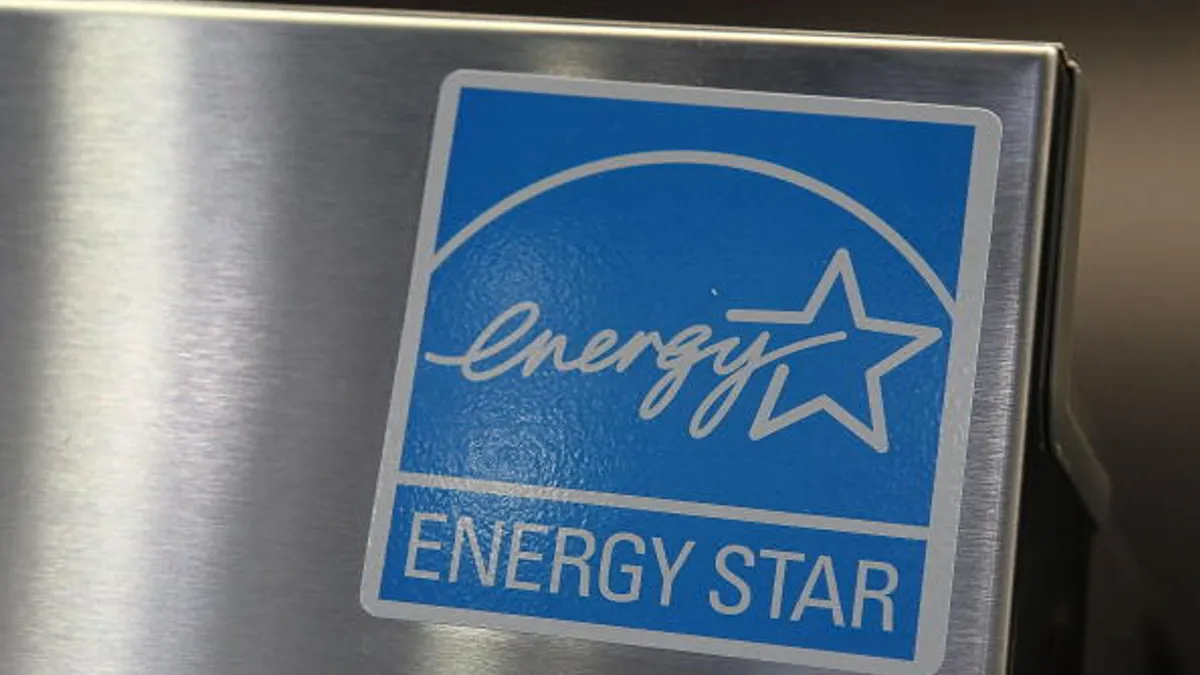In early May, sources from within the U.S. Environmental Protection Agency reported that the federal government intended to end its long-running Energy Star program for energy-efficient appliances, according to the New York Times — spelling the possible end of a widely used voluntary tool in the multifamily industry.
The sunset of the Energy Star program would be part of a larger agency initiative to eliminate divisions that oversee efforts related to climate change and energy efficiency, as reported by the New York Times. As of now, the program is still active, and no further reports or official announcements have been made on its status.
Energy Star has saved consumers and businesses $500 billion in energy costs since its founding in 1992, according to the program’s 2023 report. On a yearly basis, it creates roughly $40 billion in energy savings at a cost of $32 million to taxpayers, according to the Institute for Market Transformation, a Washington, D.C.-based non-profit focused on high-quality buildings.
The program counts thousands of private organizations as its partners, including nearly 40% of Fortune 500 companies, according to the report. Its Sustained Excellence award winners, recognized for years or decades of support, include a number of multifamily companies: Houston-based Hines, Dallas-based CBRE, New York City-based Nuveen Real Estate and New York City-based Tishman Speyer, among others.
Since media reports surfaced last month about the program's demise, more than 1,200 organizations have signed letters appealing to the EPA to continue the Energy Star program, according to the IMT. “The real estate industry is really aligned … on the idea that it is essential to maintain the Energy Star program within the federal government,” Alex Dews, CEO of the IMT, told Multifamily Dive. “It is a public good that cannot be replicated in the same way outside of government.”
While Dews believes it would take an act of Congress to fully end the program, the EPA is ultimately responsible for how it manages Energy Star’s future implementation.
Energy Star programs
Energy Star appliances have long been used as a selling point at new multifamily properties, highlighted to attract energy- and budget-conscious potential renters, according to Nicole Upano, assistant vice president of housing policy and regulatory affairs at the National Apartment Association.
“Energy Star certifications are used widely, and they are recognized amongst residents,” Upano told Multifamily Dive. “That's a big reason why housing providers engage in Energy Star and seek out their certifications, … to cater to residents who care about these issues. It's also a huge way for residents to save money on their utilities.”
However, appliance certifications are only one tool that the program offers. Multifamily owners and operators have the option to achieve whole-building Energy Star certification through one of three minimum requirement paths.
In addition, the program’s Portfolio Manager allows commercial building operators to track their energy and resource usage. This free tool helps users not only to gauge their building’s performance, but also to compare it against other providers.
The Portfolio Manager is used to operate roughly 25% of all commercial building space in the U.S., according to Energy Star. “Just last year alone, over 300,000 buildings used the Energy Star Portfolio Manager,” Dews said. “For most of the history of this program, it's all been voluntary use. So building owners and managers used this as the single source of truth for how to compare their buildings against peer buildings.”
The Portfolio Manager program is also the basis for building energy requirements in seven states, 48 local governments and two Canadian provinces, according to Energy Star. Many of the NAA’s members use the Portfolio Manager to track compliance with their region’s regulations, according to Upano.
Upano also notes that the program allows multifamily companies to save on operating costs and, in turn, make buildings more affordable. “There are a number of ways that Energy Star is utilized, and [if it is abolished] it would be difficult for our members who have long used these programs and sought their benefits,” Upano said. “It would be a huge risk to their investments to eliminate Energy Star.”
For now, absent any other guidance from the EPA, Dews recommends that users of Energy Star’s Portfolio Manager back up, process and document their data in the event of any unexpected outage.
“I think it's important that folks understand, regardless of where they sit relative to the building industry, … this is a key program that is widely used across the industry, and the disruption that it would cause if it were shut down or temporarily or permanently terminated is massive,” Dews said.



















